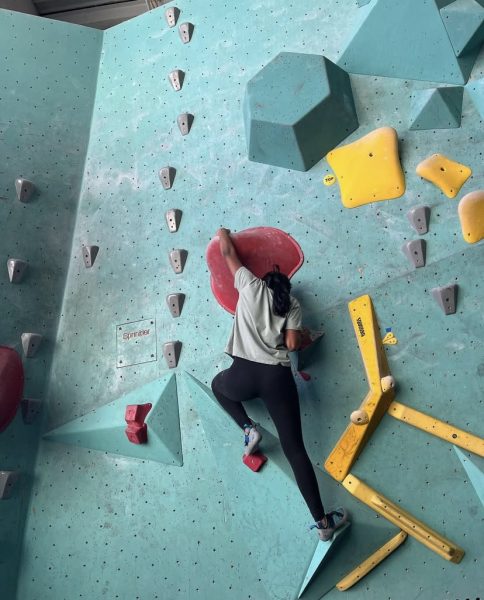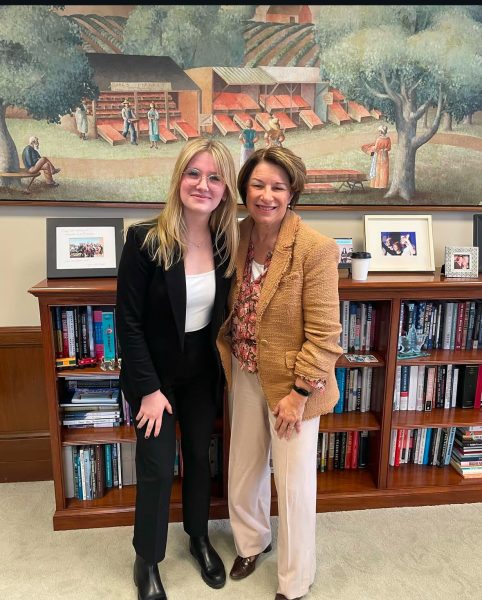Black History Month Hidden Figures
Portrait of Frederick Douglass
February 21, 2021
In 1925, historian Carter G. Woodson, who is known as the “Father of Black History,” had a bold idea. That year, he announced “Black History Month,” a celebration of a group that was often overlooked in textbook history. Black History Month is now a nationwide celebration that calls on all Americans to reflect on the significant roles that African Americans have played in our history.
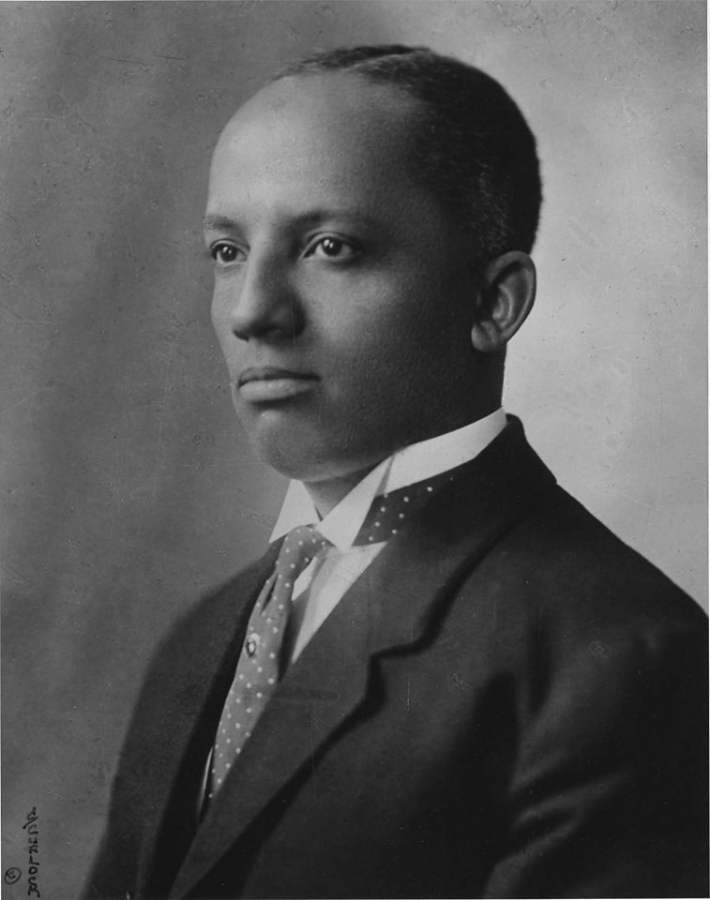
Woodson chose the second week of February for his celebration because it marks the birthdays of two men who had great impacts on the African American population: Frederick Douglass and Abraham Lincoln. To this day, we see the impacts of their actions and ideas in the foundations of many organizations, like the Association for the Study of African American Life and History.
Every year, the ASALAH releases a theme for the Black History Month. For 2021, the theme is “The Black Family: Representation, Identity, and Diversity.” This theme explores the African diaspora and the spread of black families across the United States. According to USAToday, many institutions, including the ASALAH and the Smithsonian’s National Museum of African American History and Culture, offer online events for those celebrating at home due to COVID-19 restrictions. These events often cover overlooked members of the black community, this year focusing on astronaut Mae Jemison and Dr. Pellom McDaniels, an NFL player who became a professor.
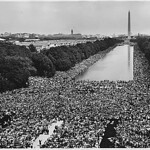
However, despite the focus on typically overlooked figures, some invariably still fall unnoticed. For example, Bayard Rustin. While Dr. Martin Luther King Jr. is typically credited for the March on Washington in August of 1963, it was Rustin who organized and planned it. He was considered to be one of the most brilliant minds of the civil rights movement and served his community tirelessly by pushing for more jobs and better wages.
While Rustin was beginning his work in civil rights, six year old Ruby Bridges became the first African American student to attend a white school in Louisiana, setting off a reaction leading to the integration of schools across the South, when desegregation was at the forefront of national issues.
Jesse Owens is another underrepresented African American. Owens was a track and field athlete who set a world record in the long jump at the 1936 Olympic Games in Berlin—and went unrivaled for 25 years. He won four gold medals at the Olympics.
Another track and field athlete, Alice Coachman, became the first woman of color to win an Olympic gold medal at the 1948 Summer Olympics in London. She set the record for the high jump. For this, she was officially inducted into the National Track and Field Hall of Fame in 1975 and the U.S. Olympic Hall of Fame in 2004. Alice Coachman received her recognition 27 years later, but many never receive acknowledgement and are never known for their work.
Not many people have read the novels of Octavia Butler, the essays of James Baldwin, the poetry of Gwendolyn Brooks or the plays of August Wilson. Too few know of the mathematical genius of Katherine Johnson and Majorie Lee Browne or the scientific contributions of George Carruthers and Joseph Graves. There are still incorrect narratives about African
Americans that have led to inaccurate stereotypes, biases and prejudices today.
This month is an excellent opportunity to reflect on where the nation stands and is a great beginning for more accurately acknowledging the contributions of African Americans to the United States throughout the years. Black History Month provides the nation with an opportunity to hear the voices and experiences of people who have historically been oppressed, ignored, marginalized and overlooked in this country.




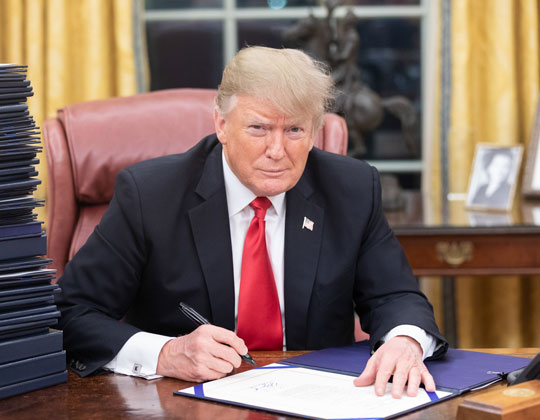

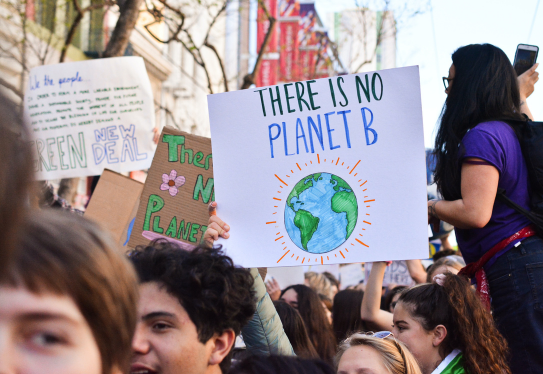


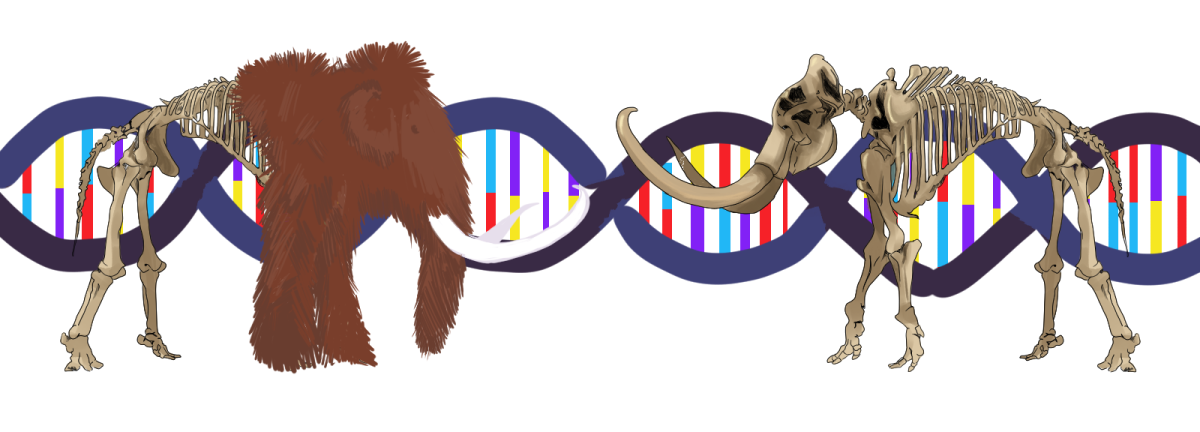



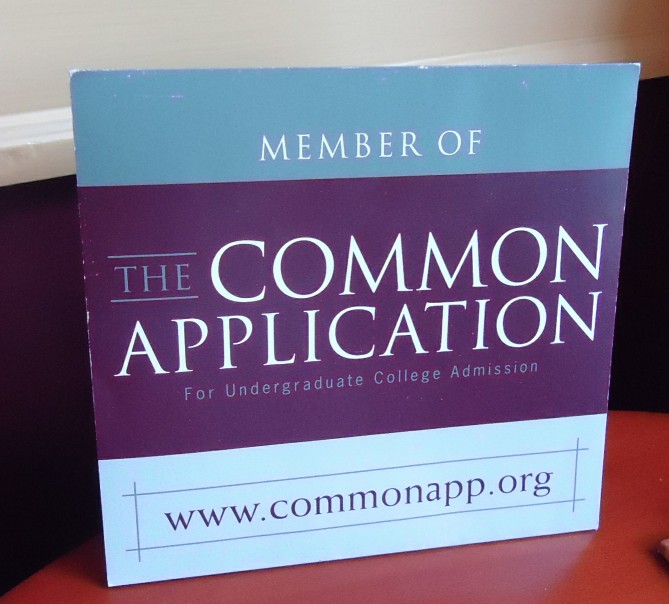


![[DEBATES] Prestigious colleges: value or hype?](https://www.mvviewer.org/wp-content/uploads/2024/12/buildings-1200x654.png)
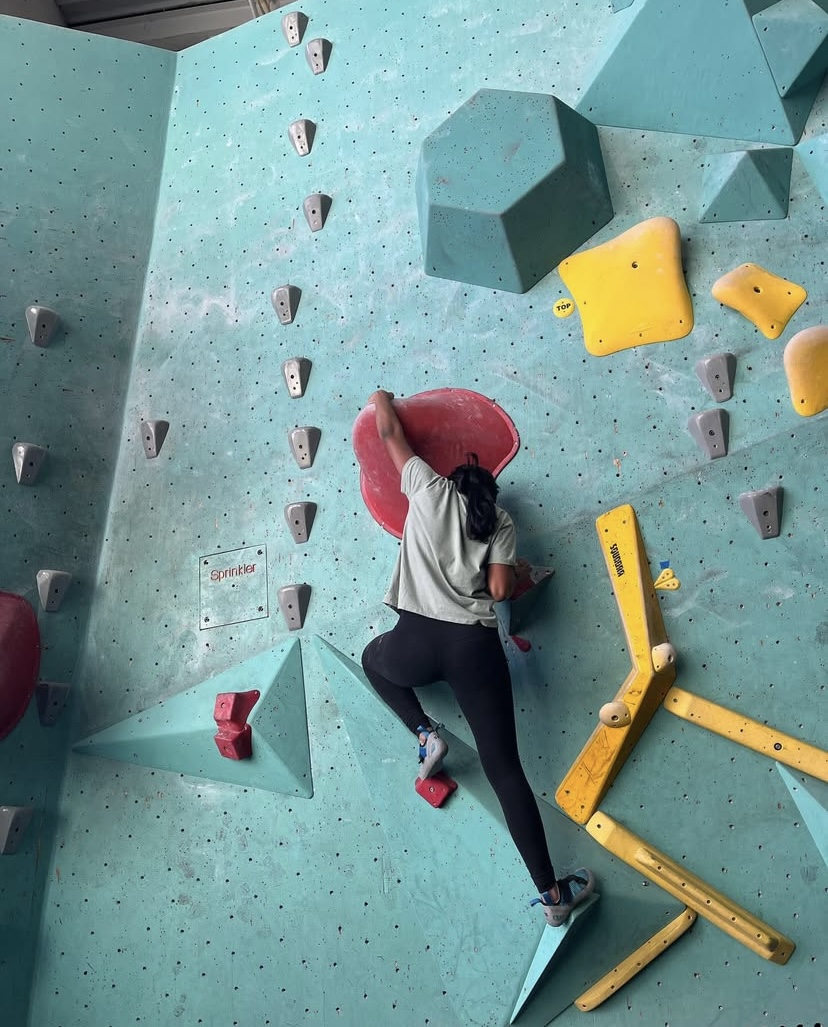
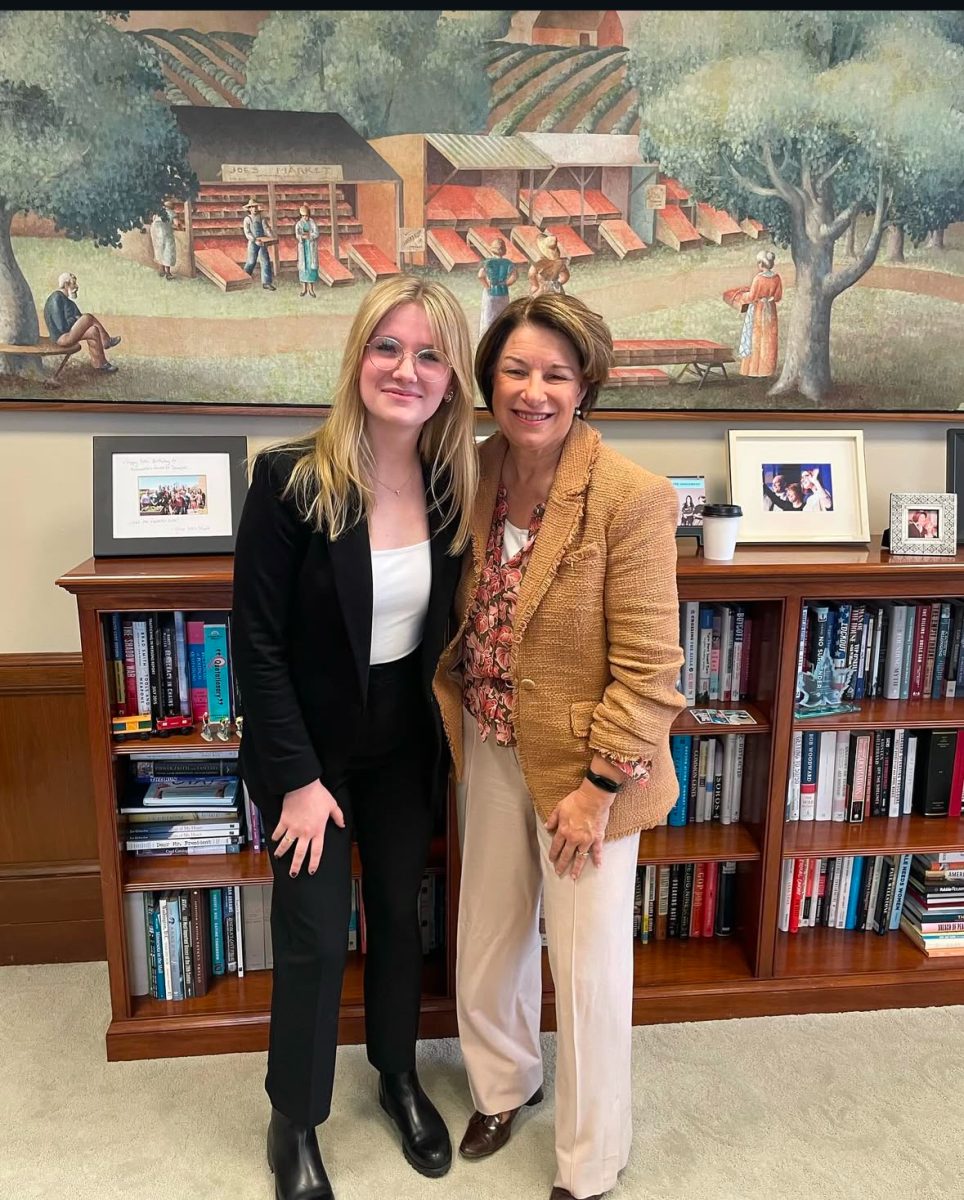
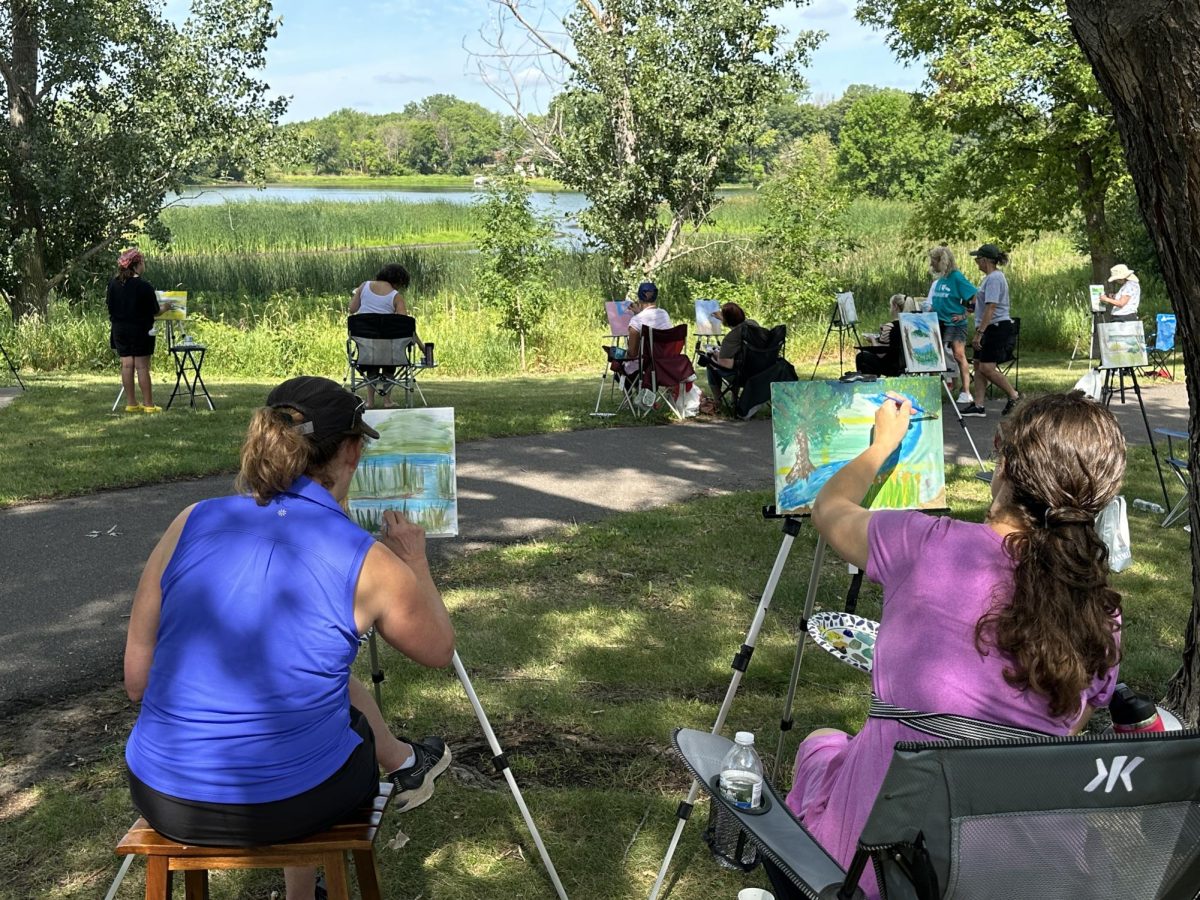
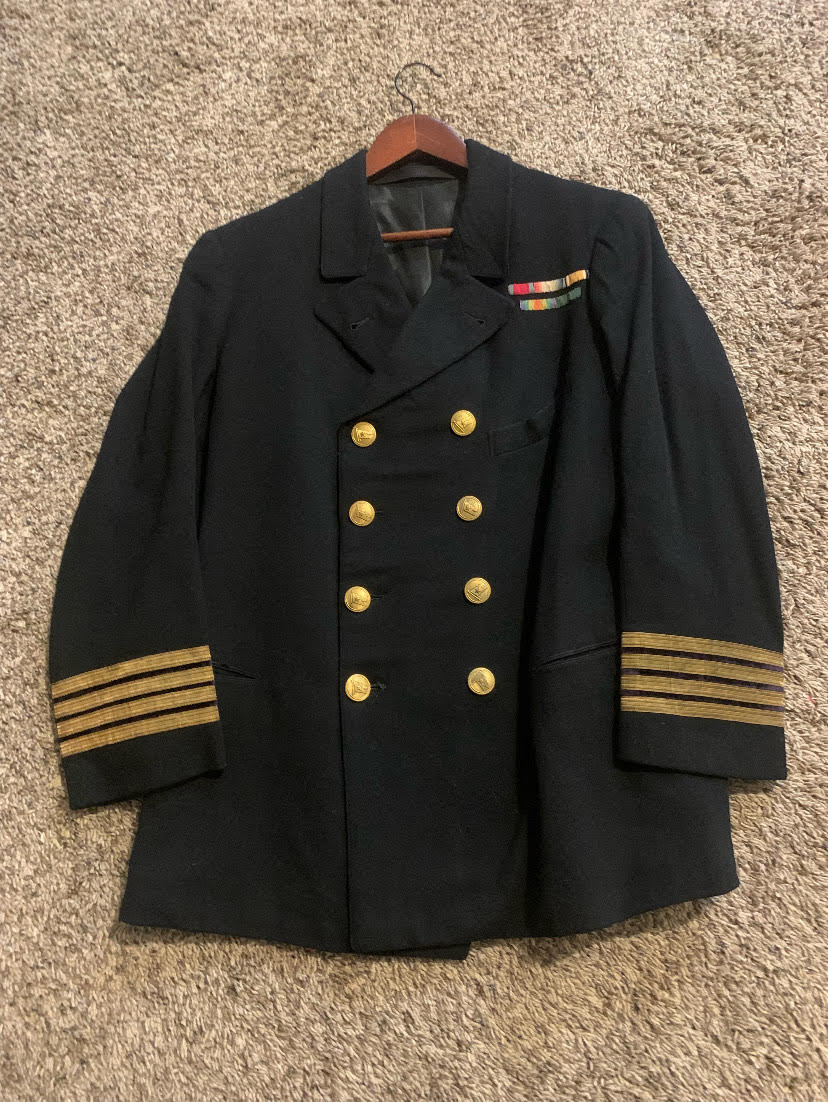
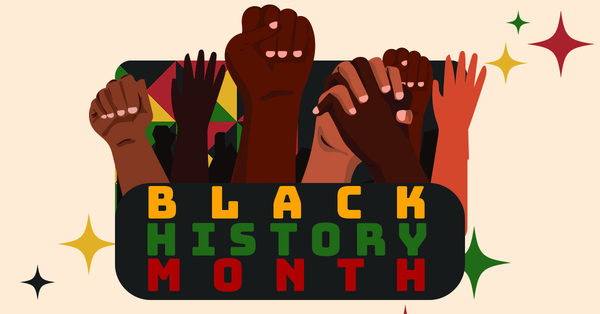


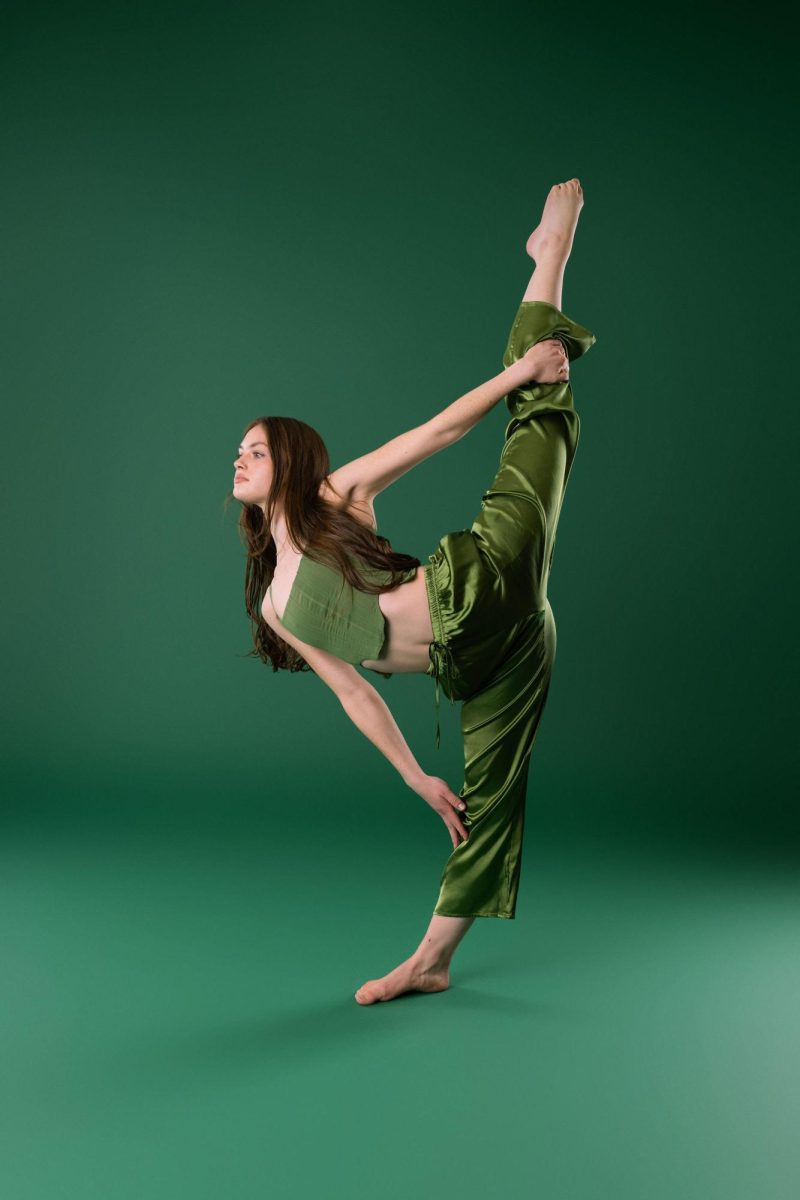





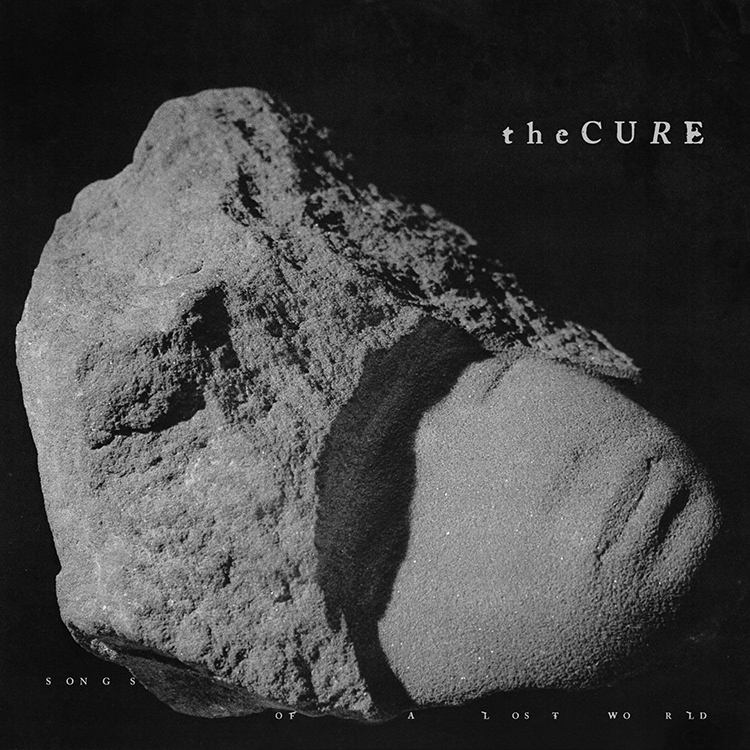

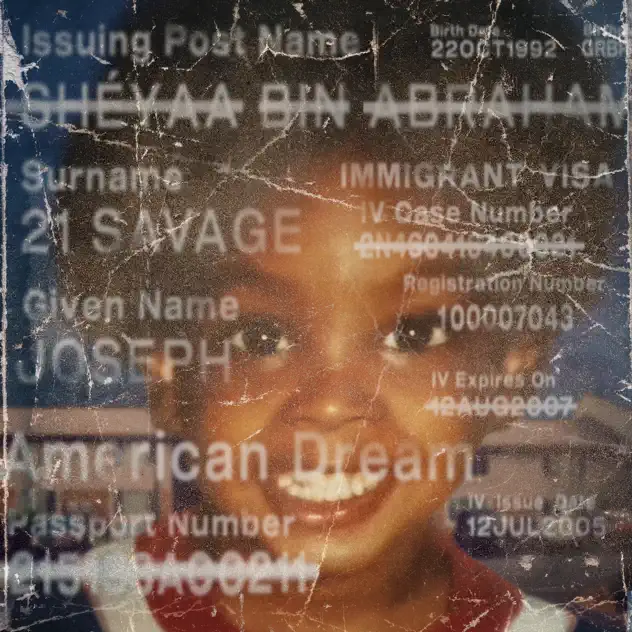





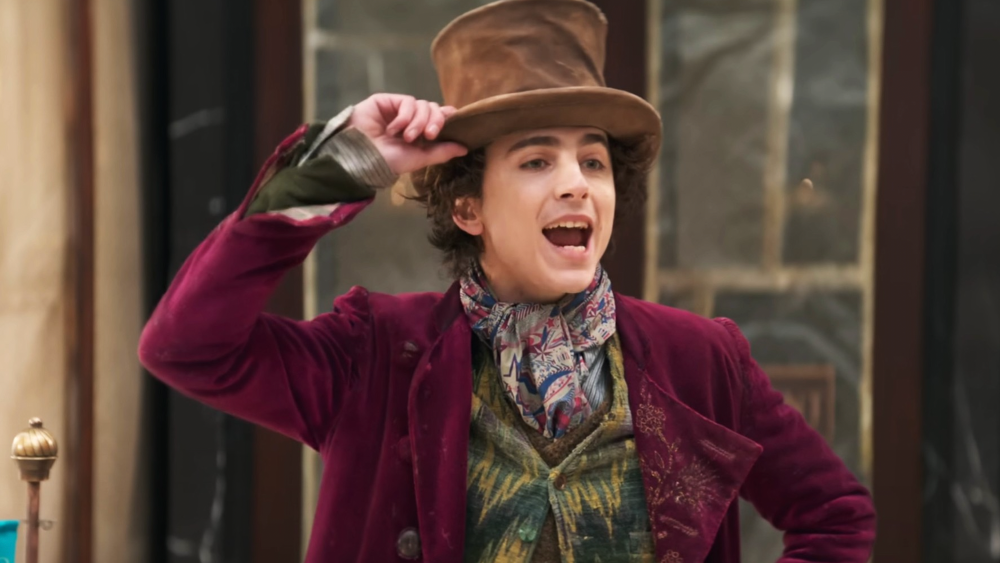










![[OPINION] The dark origins of TikTok's looksmaxxing trend](https://www.mvviewer.org/wp-content/uploads/2024/02/Copy-of-Copy-of-Untitled-Design-1200x675.png)
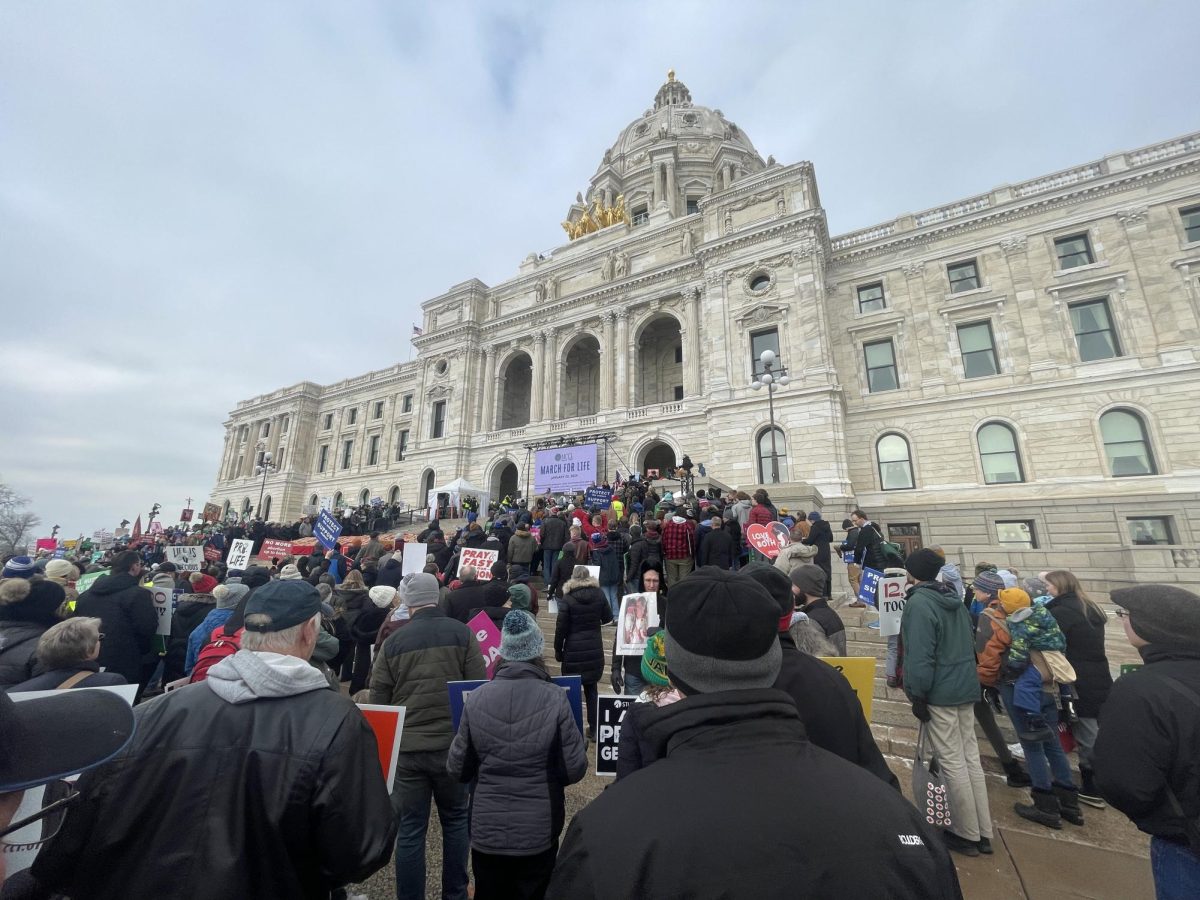

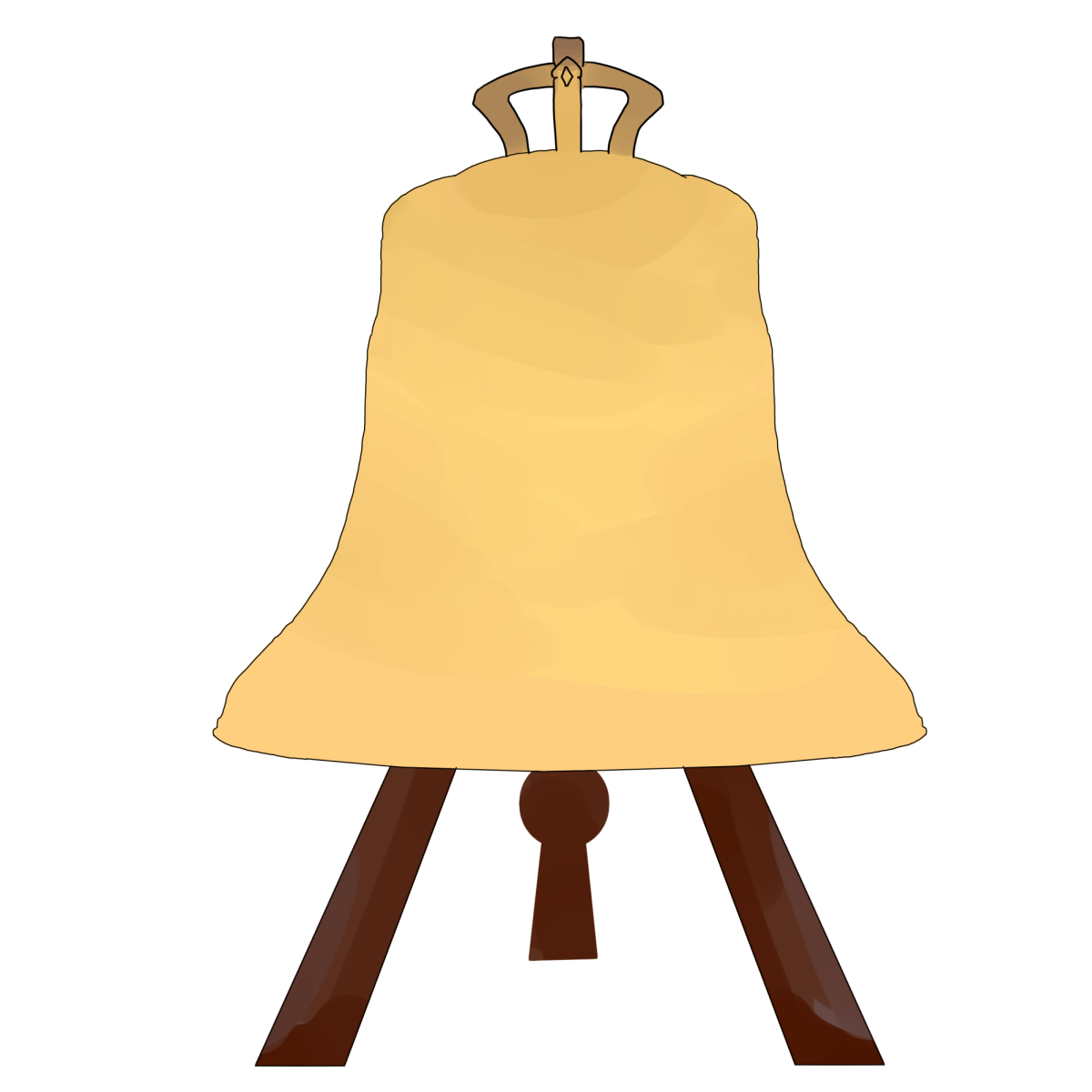
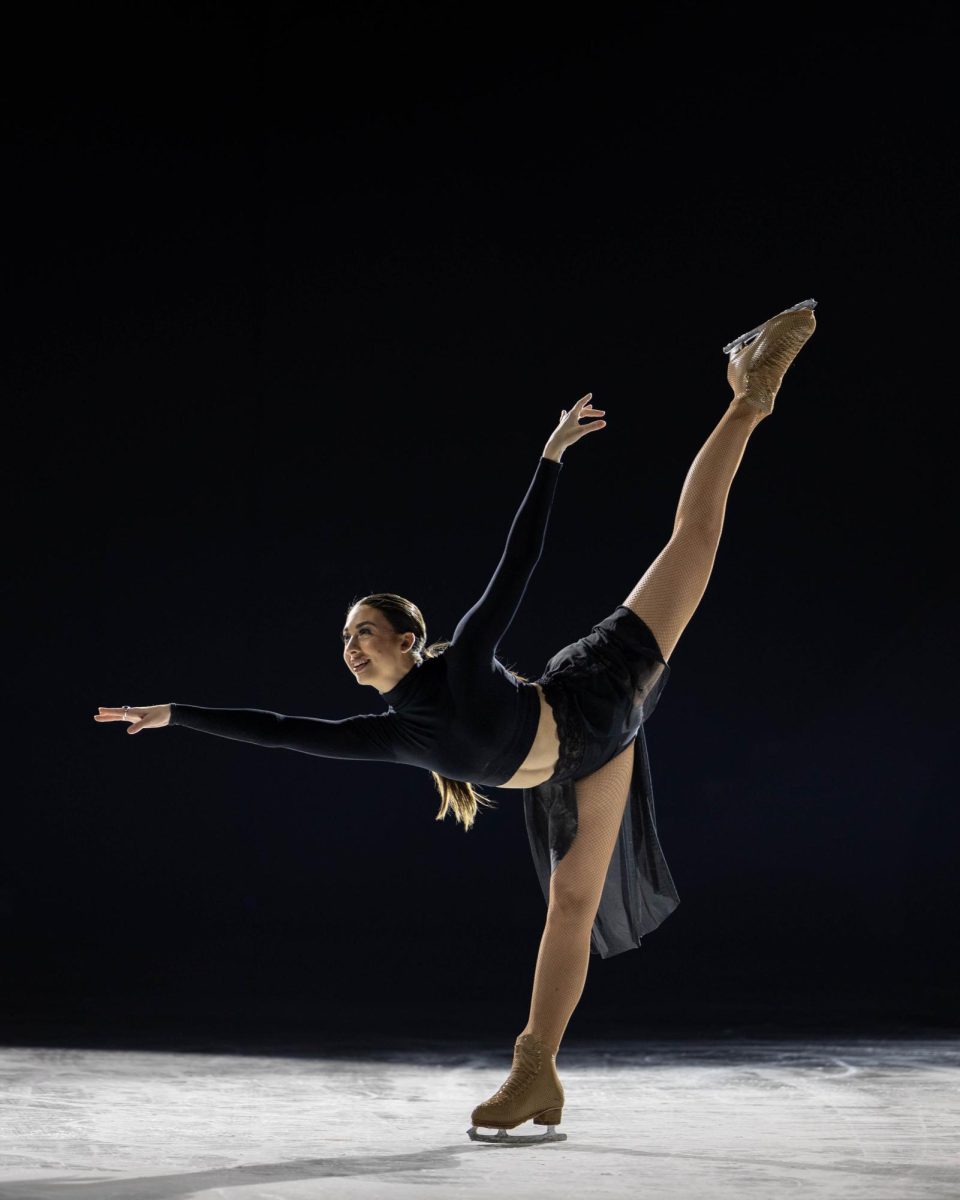
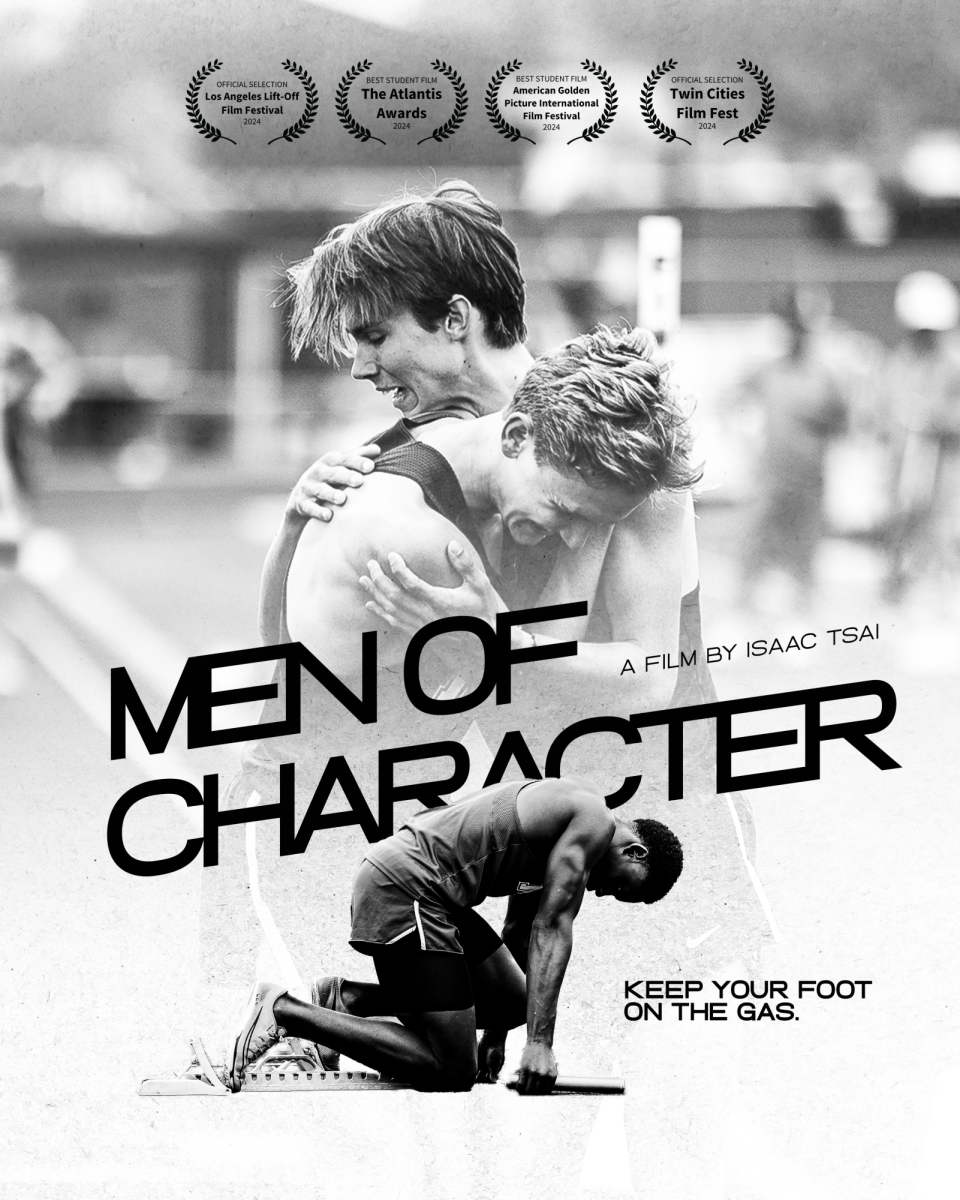



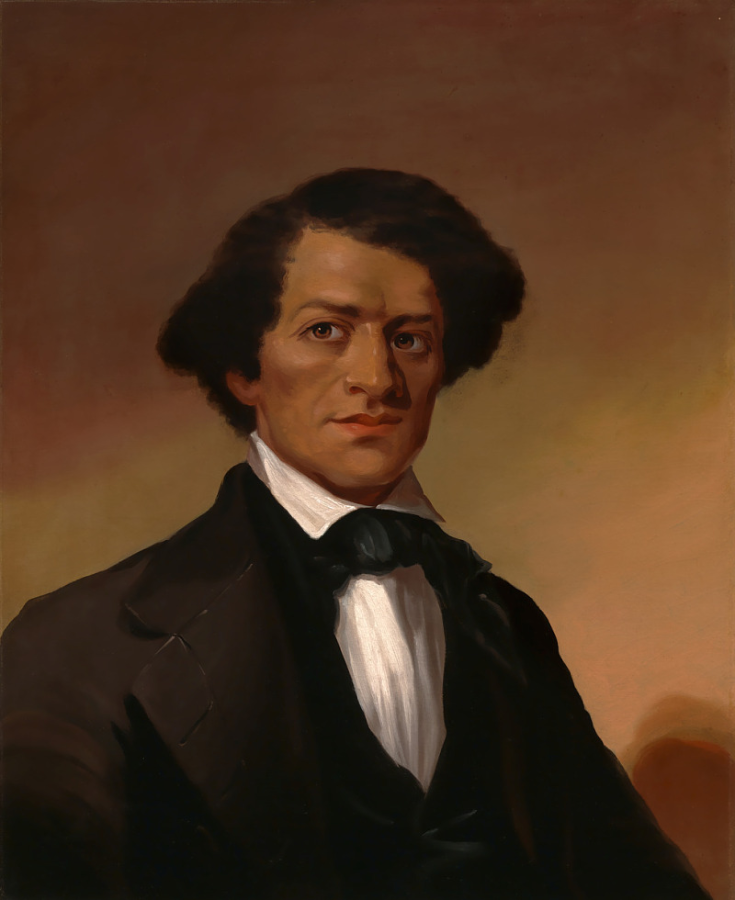

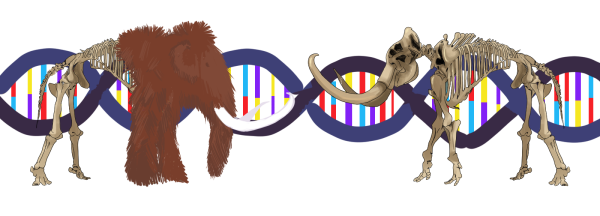

![[DEBATES] Prestigious colleges: value or hype?](https://www.mvviewer.org/wp-content/uploads/2024/12/buildings-600x327.png)
